#windows
-
Import Pulseway configuration from command line
- 13 comments
- 28452 views
-
Get "the remote control session was closed" errors from Pulseway Remote Control on Mac client -> Windows server
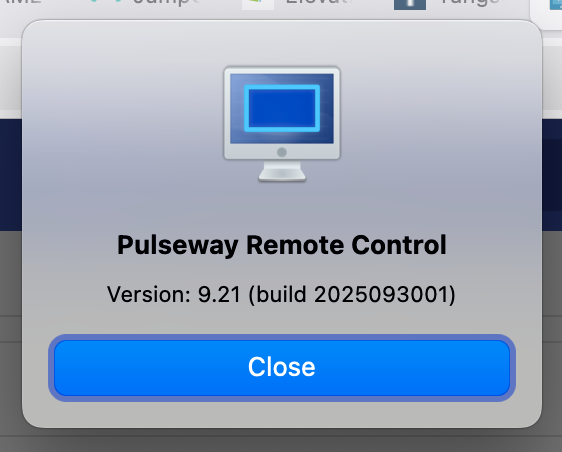
-
Unreliable offline time
- 6 comments
- 6825 views
-
Auto detect SNMP Settings form Device
- 22 comments
- 19486 views
-
Windows Patch - Error during patching process.
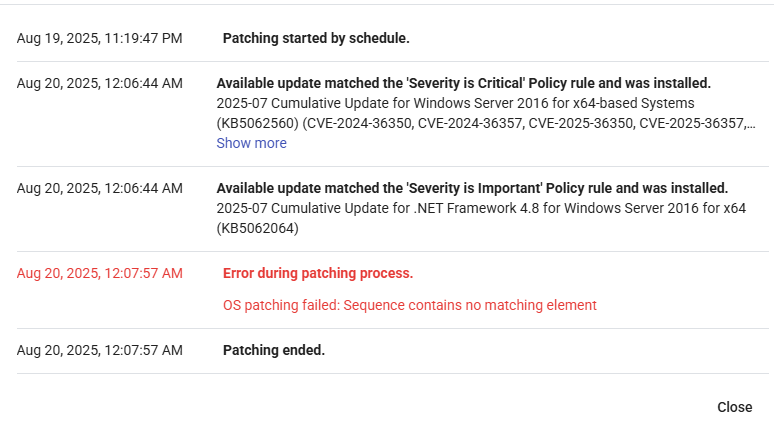
- 2 comments
- 6198 views
-
Get Device Value/ check file exists
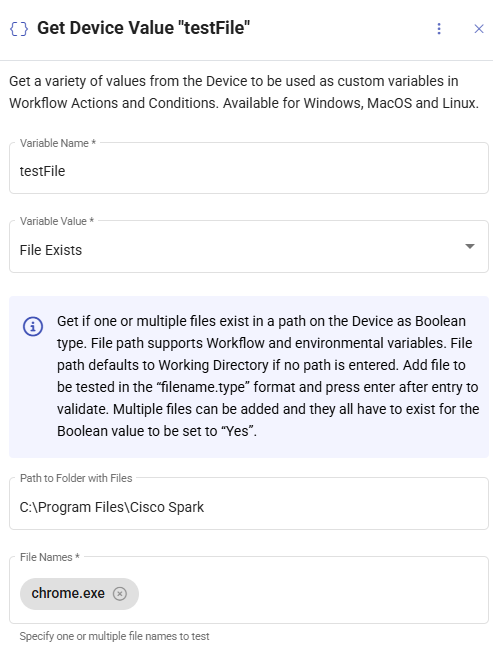
- 3 comments
- 6250 views
-
Pulseway Dashboard - Deleting a notification brings it back within few seconds
-
Only manage 3rd party updates

- 2 comments
- 3093 views
-
Devices... Roles... Cannot Remove/Edit a role nor delete a listed server
-
Change password and deploy it
- 3 comments
- 5421 views
-
Disable Services monitoring for specific Services
- 8 comments
- 9783 views
-
Cannot Reinstall Agent on Laptop
- 4 comments
- 3105 views
-
Request for help! Trying to record local admin group memberships for all systems
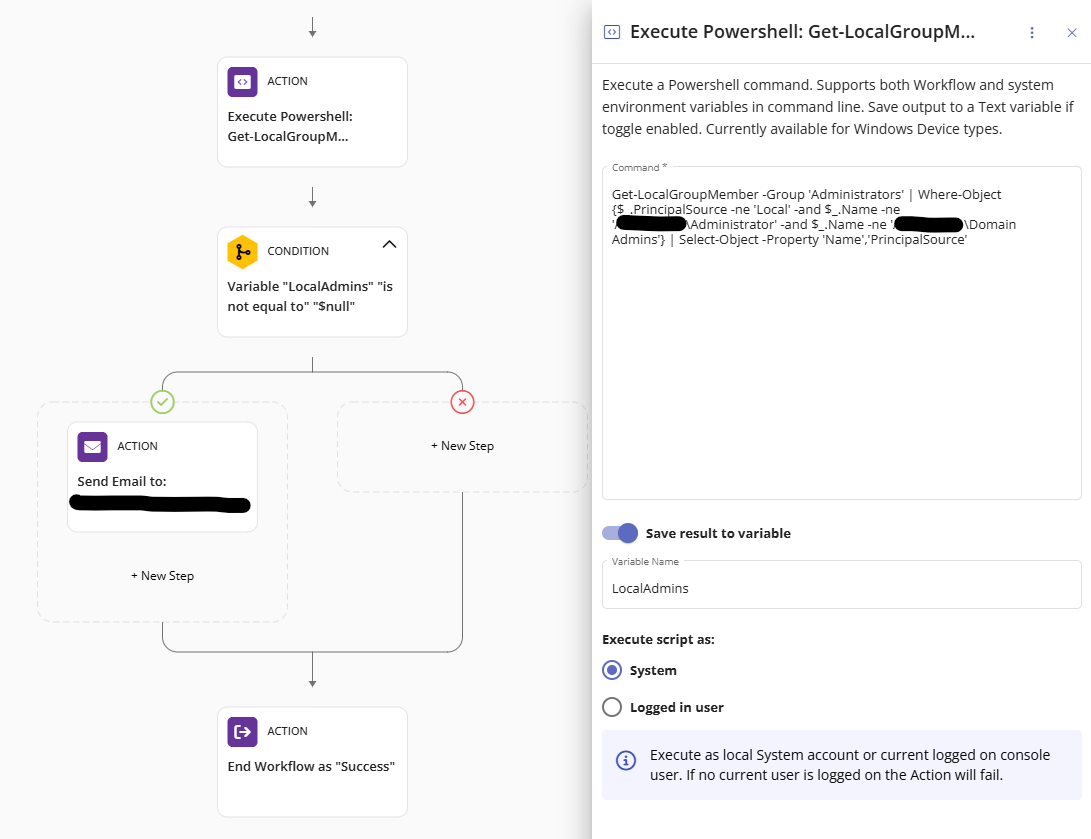 Marc Lye ·
Marc Lye ·- 2 comments
- 2220 views
-
Dashboard re-authentication

- 9 comments
- 5006 views
-
WinGet support
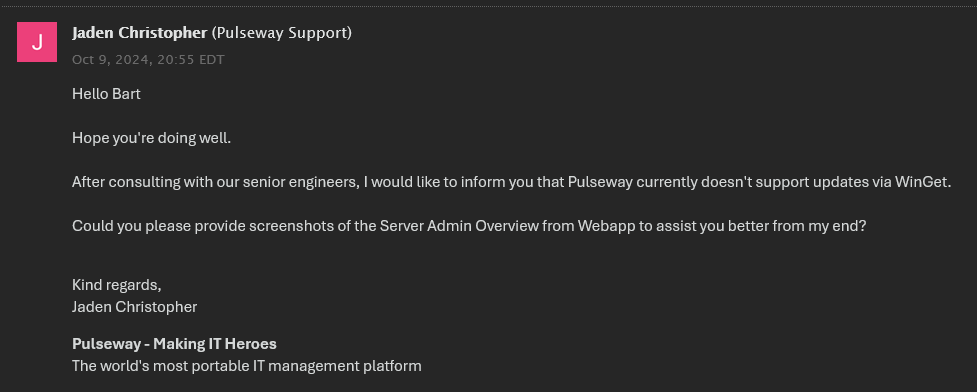
- 1 comment
- 1714 views
-
Asset managment Module
- 1 comment
- 2603 views
-
Remote Control not working after internal network IP changed.
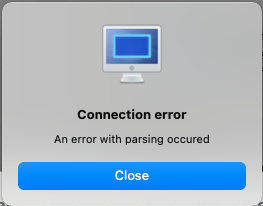
- 3 comments
- 2784 views
-
Patch Management prompt text incomplete
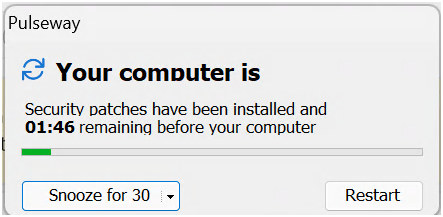
- 1 comment
- 1814 views
-
Could Someone Give me Advice on Optimizing Pulseway for Remote IT Management?
-
Need some guidance as in what category should I participate into?
besoss ·
- 2 comments
- 2283 views


_a9c1b4.png)
_49ee3f.png)
